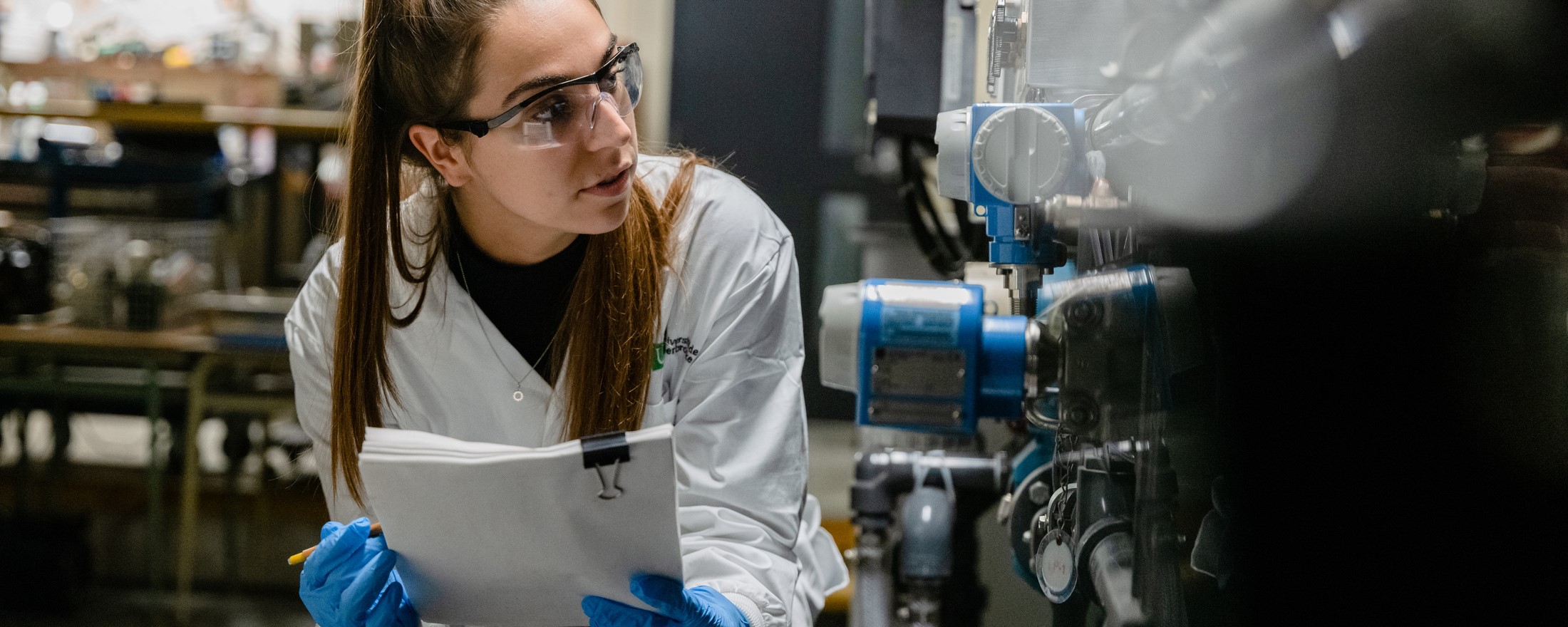New high-performance & energy-efficient hybrid structures using mine tilings in concrete-filled-frp tubes (CFFT-EE-MT)
Overview
- RESEARCH DIRECTION
- Radhouane Masmoudi, Professeur - Department of Civil and Building Engineering
- RESEARCH CO-DIRECTION
- Dahai Qi, Professeur - Department of Civil and Building Engineering
- ADMINISTRATIVE UNIT(S)
-
Faculté de génie
Département de génie civil et de génie du bâtiment
- LEVEL(S)
- 3e cycle
- LOCATION(S)
- Campus de Sherbrooke
Project Description
The building sector represents 29% energy consumption and 25% greenhouse gas (GHG) emissions in Canada. Therefore, reducing building energy consumption and GHG emissions is one of the priority areas in the fight against climate change and the energy and environmental transition. Concrete filled FRP tube (CFFT) beams have been proven to have exceptional strength. Indeed, the strength and energy absorption achieved by CFFT beams are more than three times and ten times higher than those of conventional reinforced concrete (CRC) beams, respectively. The partially filled CFFT beams, which have inner hollow FRP tubes, have significantly higher strength-to-weight ratio than the CRC beams and corresponding CFFT beams and can replace them to reduce the amount of concrete; therefore, reduce the GHG emissions and construction cost. To increase the reuse of the mine solid wastes as construction materials, the sand can be fully replaced by mine tailings (MT) in concrete and mortars in civil applications. Hence, the FRP tube beams can be partially filled with reinforced concrete incorporating MT (CFFT+MT), which will undoubtedly contribute to the sustainable environment. Hollow-partially-filled CFFT (CFFT+MT) structures can be applied for building ventilation for cooling (ventilative cooling) and heating (e.g., utilizing the heat generated from photovoltaic (PV) panel), which can significantly improve the building energy performance. It was estimated that ventilative cooling could reduce cooling-related energy consumption from 56% to 86%. PV panels, a common energy technology in low carbon buildings, produce a huge amount of heat, leading to a high temperature of PV panel surface and reduced PV panel performance regarding electricity generation. To ensure the energy performance of PV panels, the heat can be removed by ventilation. The pre-heated air can be ventilated into the building through the hollows in CFFT+MT structures and store the heat in the structures. Therefore, by applying ventilation to the CFFT+MT structures, the building's energy consumption and peak electricity demand can be reduced, thereby reducing GHG emissions. To apply CFFT+MT structures in building ventilation for heating & cooling, it is necessary to understand the fundamentals on the CFFT+MT structure and thermal properties, which depend on the amount of concrete and mine tailings. Moreover, the design method as well as the control method of the CFFT+MT structures in buildings for ventilation should be explored. The objectives of this research project are to: (1) study the impact of the percentage’s replacement of cement by MT on the thermal properties and mechanical performance of the CFFT+MT structures; (2) study the bond behavior between the external Fiber-Reinforced Polymer (FRP) Shell tubing and the new concrete incorporating MT; (3) develop optimal design and control methods of CFFT+MT structures in buildings for ventilation.
Discipline(s) by sector
Sciences naturelles et génie
Génie civil, Génie mécanique
Funding offered
Yes
The last update was on 12 March 2024. The University reserves the right to modify its projects without notice.
